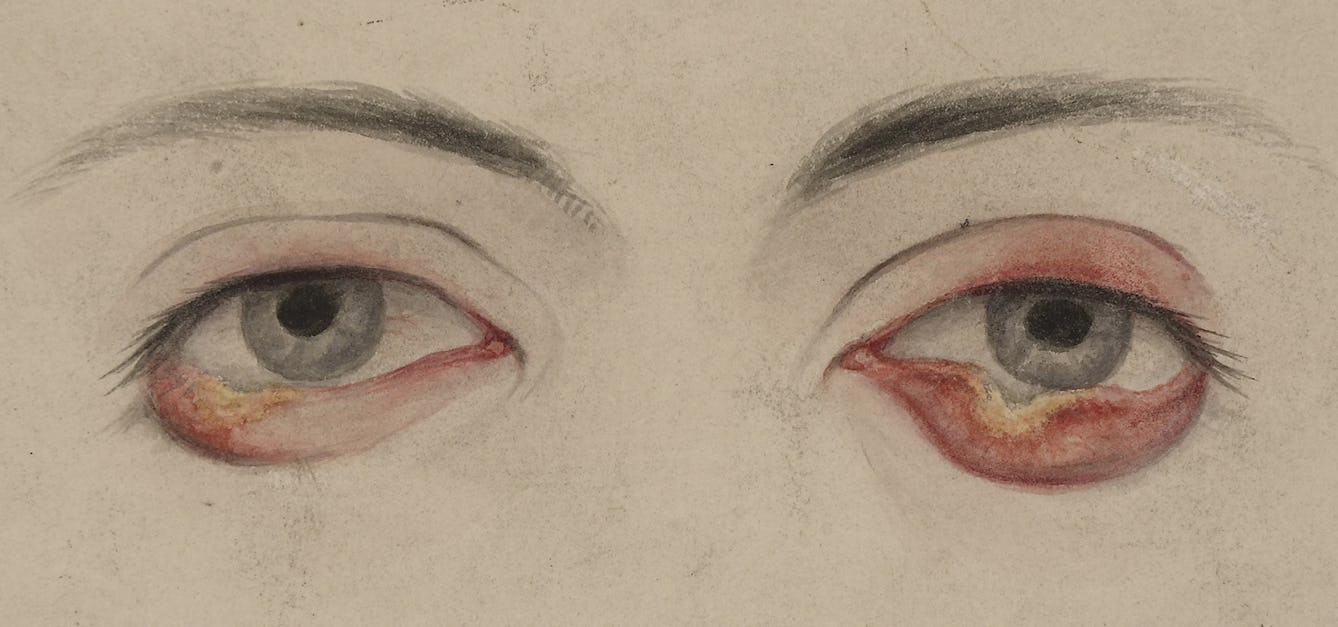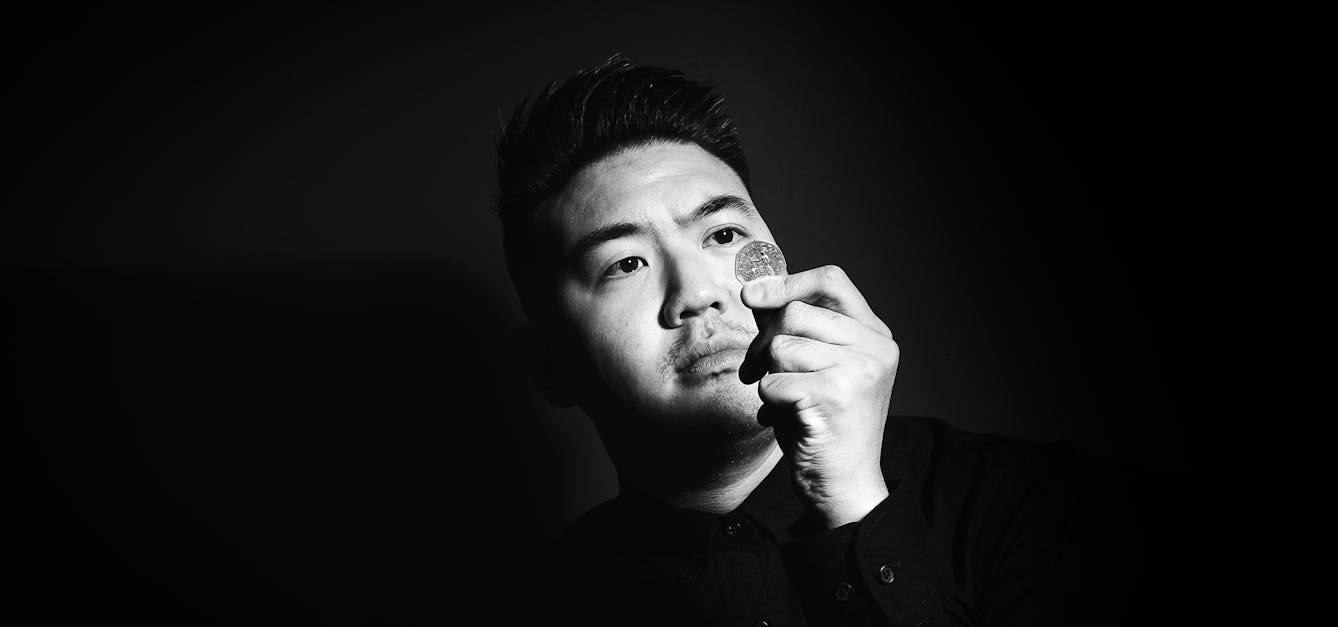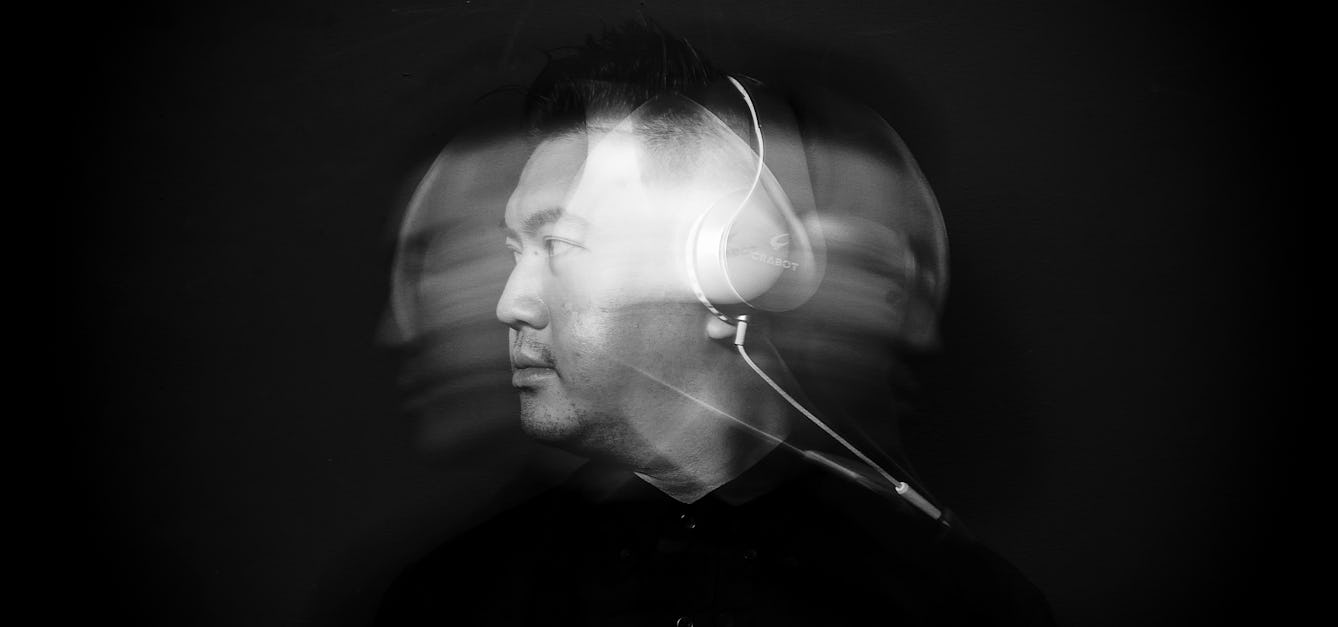Stories

- Article
The prostitute whose pox inspired feminists
Fitzrovia, 1875. A woman recorded only as A.G. enters hospital and is diagnosed with syphilis.

- Article
Life before assistive technology
When an inherited condition caused Alex Lee’s vision to deteriorate, he began to discover the technologies that would help him navigate the world around him. Here he describes how his life began to change.

- Article
The sweet sound of synthetic speech
After Alex experienced a serious deterioration in his sight, he came to rely on artificial voices to help him with everyday tasks. Find out how synthetic speech came to be developed.

- Article
Cocaine, the Victorian wonder drug
Today, cocaine has a very poor public image as one of the causes of crime and violence. But for the Victorians it was welcomed as the saviour of modern surgery.
Catalogue
- Books
- Online
Mathematical, philosophical, and optical instruments made and sold by Heath and Wing, near Exeter-Exchange, in the Strand, London.
Heath and Wing (London, England)Date: 1765?]- Books
- Online
The description and use of a case of mathematical instruments; particularly of all the lines contained on the plain scale, the Sector, the Gunter, and the Proportional Compasses, with a practical application, Exemplified in many useful Cases of Geometry, and Plain and Spherical Trigonometry The whole illustrated by copper-plate figures. By Benjamin Martin.
Martin, Benjamin, 1705-1782.Date: 1800?]- Books
- Online
Directions for the use of Hadley's quadrant, with remarks on the construction of that instrument. With considerable corrections and additions. By the Reverend Mr. Ludlam, Late Fellow of St. John's College, Cambridge.
Ludlam, William, 1717-1788.Date: [1790]- Books
- Online
The description and use of a pocket-case of mathematical or drawing instruments: Containing, Particularly, A familiar Explanation of the Use of the Protractor, Plain Scale, Sector, Gunter's Scales, Marquoi's Parallel Scales, and the Proportional Compasses; with several Examples in Trigonometry, Arithmetic, &c. Together with plain Instructions for making several Kinds of Sun-Dials. Illustrated by copper-plates.
Meredith, Nicholas.Date: [1791]- Books
- Online
The elements of optics. In four books. Book I. Simple Optics, or Direct Vision. Book II. Catoptrics, or Reflected Vision. Book III. Dioptrics, or Refracted Vision. Book IV. The Construction of Optical Instruments.
Emerson, William, 1701-1782.Date: MDCCLXVIII. [1768]









